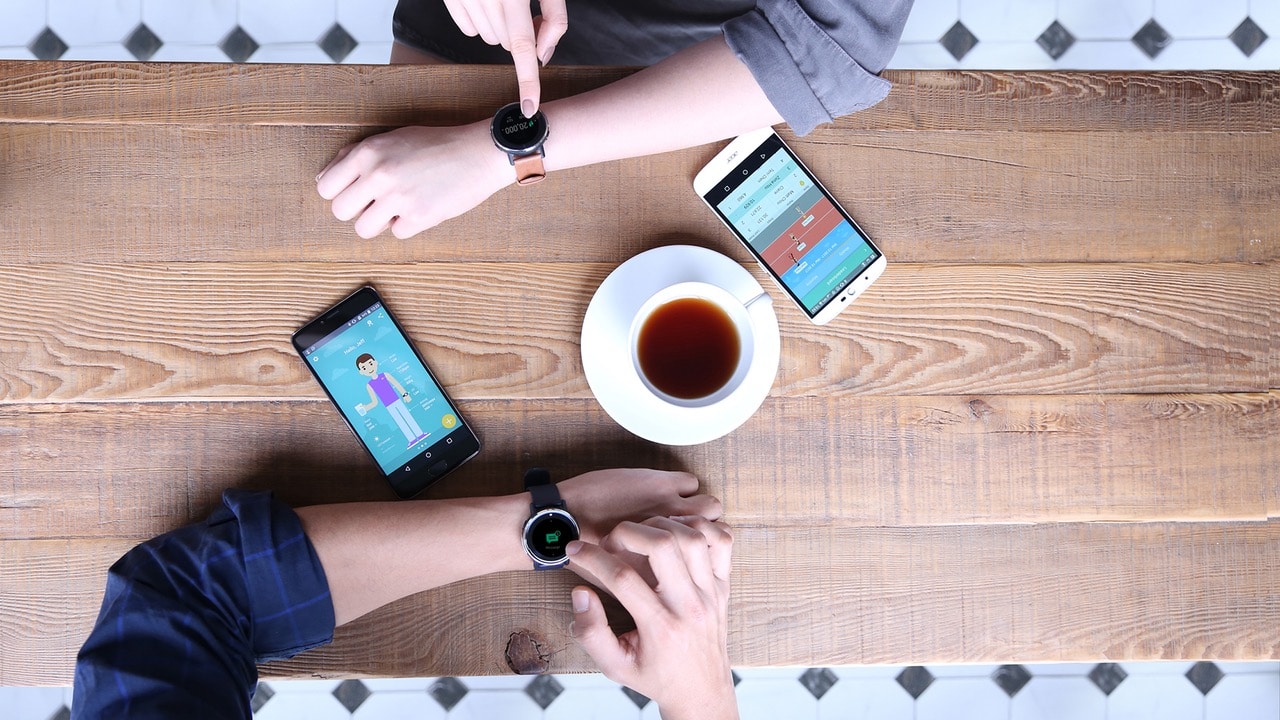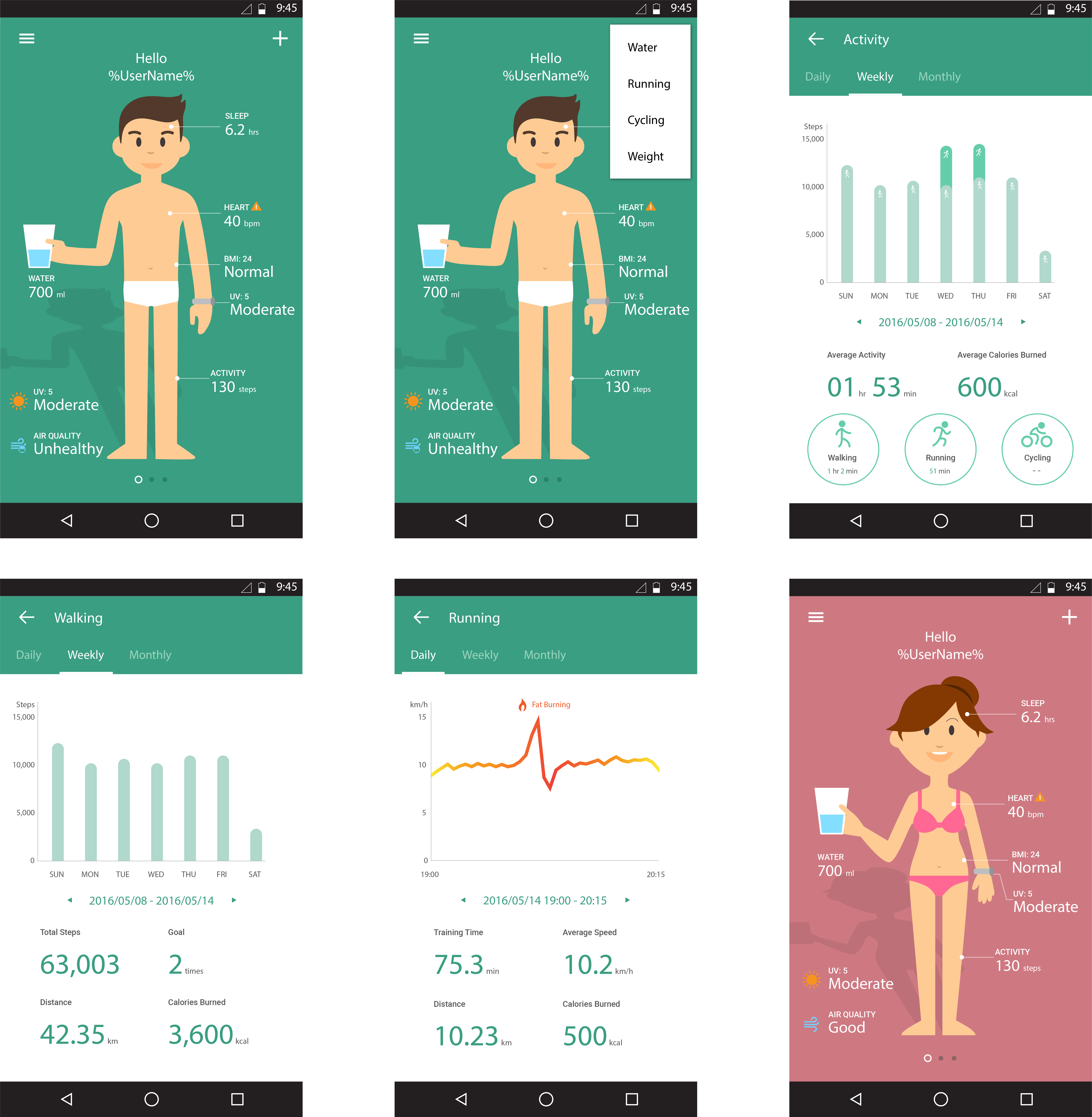
LeapWare
About
With the rapid development of wearable devices, Acer developed a new device for the World University Games. The device tracks activities and syncs data to a mobile client. At the same time, we aimed to make the monitoring experience enjoyable. Through gamification design, users would play as avatars within the app.
Basic Information:
Product: LeapWare
Issuing Company:Acer
Scope of Work:UX Design
Plateform:IoT device、iOS、Android
Released Date:2017
Getting Started:
As Acer had prior experience in wearable device production, we needed to confirm two directions at the start. Externally, the product should meet user needs and fulfill specific purposes. To achieve this, we rapidly collected data on competing products to understand user expectations and avoid certain choices. Internally, we defined the product's positioning and noted strategic considerations. Only after interviewing stakeholders did we begin discussing product specifications. Even during the conceptual proposal stage, close communication with product managers and project managers was crucial, ensuring a shared development goal.

Challenges and Opportunities:
Hardware Limitations: The initial challenge was hardware limitations. After considering factors like cost, battery life, and size, we decided on single-point touch. The panel was divided into five segments, each responding to touch. However, users were accustomed to capacitive touchscreens and swipe-based interactions. To address this, I drew from experience designing automated experiments in college: using gesture recognition based on start and end points. This allowed us to create intuitive four-directional swipe gestures, combined with the original five-point touch, for a seamless user experience.
However, a new challenge emerged - refresh rate. Wearable devices use energy-efficient but less powerful chips, leading to screen delays during computation. To maintain smooth swiping, we proposed two solutions for the low refresh rate. One was preloading the upcoming array to the device. Since the small screen doesn't need to follow finger positions, it doesn't require real-time processing. Once the user's command is determined, the transition animation plays like in a video game (a method commonly used in gaming consoles). The other solution was providing interaction principles and design guidelines to visual designers to ensure graphics were ready for playback.
Regulatory Constraints: We signed many innovative tracking feature contracts with sports data-related companies. Some of these converted heart rate variability (HRV) algorithm results into data like blood oxygen levels. However, since each country has different FDA regulations, not all data could be used. Therefore, we had to unlock different functions based on location and maintain flexibility for online updates in response to regulatory changes.

Design Process:
During the proposal phase, our focus wasn't just on finalizing style and layout but also on establishing interaction logic and design guidelines for visual designers. We listed the differences in interaction between different proposals, ensuring client understanding and engagement.
We rapidly created wireframes for core functions. This phase truly visualized upcoming work. It assured interaction designers of the overall product architecture and allowed visual designers to begin creating visual plans. For this project, the visual designer started with an avatar proposal for the mobile app's homepage. Both project managers and developers could proceed with this phase, ensuring consistency with specifications and initiating front-end development.
Ultimately, we used Visio to visually document the entire process, enabling all team members to have a basis for discussion and process improvement. Our output included not only the wearable device but also pairing software for Android and iOS.

Afterword:
I'm proud to consider this project one of my representative works. In a large computer company, there are seldom opportunities to build a product's interactive experience from scratch. Many projects center around the company's main products, which come with historical baggage, limitations, and established business models. On the other hand, the company was willing to provide sufficient resources. Establishing a flat cross-team project environment allowed for rapid discussion and iteration, ensuring everyone's opinions were considered.